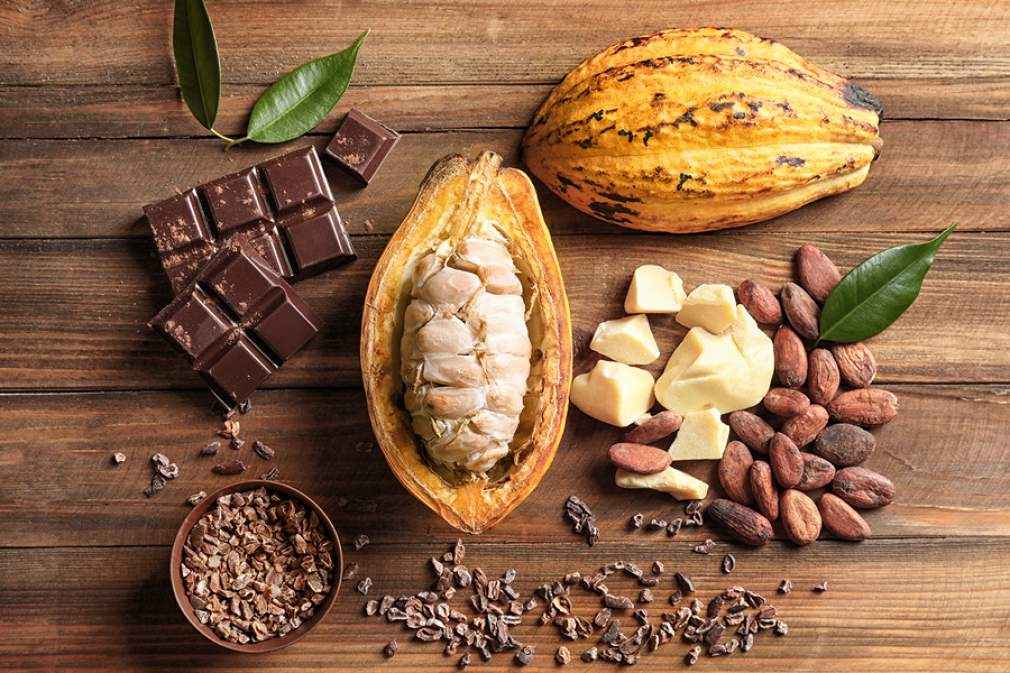Chocolate is increasingly on the table for Brazilians: eight out of 10 families have a habit of consuming the product, shows research published by the Brazilian Association of the Chocolate, Peanut and Candy Industry (Abicab, 2021). However, the supply of this dessert has long been threatened by the continuous decline in the Brazilian production of the raw material, cocoa. Fortunately, the culture in the country is recovering.
According to the Brazilian Institute of Geography and Statistics (IBGE), in 1980, Brazil produced 319 thousand tons of cocoa beans. Ten years later, there were more than 356 thousand tons. These numbers positioned the country as a global leader and force in culture. But the scenario changed in a short time. In 2000, the crop did not reach 200 thousand tons, which caused a shortage in the local market.
“The decrease in cocoa production has directly affected the domestic market. From an exporter, Brazil has become an importer to meet the demand. Despite being an important exporter, Brazil still imports large quantities of chocolate from other suppliers. But we have the ability to improve our trade balance,” That’s what Eliane Kay, executive director of the National Plant Defense Products Industry Association (Sindiveg) analyzes.
The decline in national production of cocoa beans is mainly due to the spread of so-called “witches’ broom,” a fungal disease that has a devastating effect on cocoa trees, and can affect up to 90% of the productive area, according to the National Service for Rural Learning. (Synar). At that time, the lack of effective treatments for the problem contributed to the worsening of the situation.
“For the 40 years now, official bodies and the factory defense industry have increasingly invested in scientific research, with the goal of developing highly effective and modern solutions to combat witches’ broom,” says Eileen Kay. In 2010, Brazilian production has already returned to growth, reaching 235 thousand tons of cocoa, and in 2020 it reached 269 thousand tons.
In addition to witches’ broom (Moniliophthora perniciosa), cacao suffers from other diseases caused by fungi, such as brown rot (Phytophthora spp.) and sickle disease (Ceratocystis cacaofunesta). As for insects—among many others—monalonium (Monalonion spp.), leafhopper (Hoplophorion Perusum) and thrips (Selenothrips rubrocinctus) take a heavy toll. To combat it, the use of pesticides is still the best solution,” explains Eliane.
“The inputs used on cocoa farms are subject to a long scientific, technical and governmental evaluation, being safe for the product, the environment and society,” Sindiveg’s director explains. With the support of these resources, the culture, which generates more than 3 billion R$ for rural producers (according to 2020 data from the International Statistics Institute), tends to grow more, “which leads to the strengthening of the Brazilian economy and the benefit of domestic consumption, so that life is sweeter ‘ , according to Elaine.
Currently, cocoa production – largely carried out by family farmers – is spread in nine states. About 54% of the crop is concentrated in Pará (144.7 thousand tons) and another 40% in Bahia (107.6 thousand tons). Espiritu Santo represents 4% of the total production (11.3 thousand tons) and Rondonia 2% (5.1 thousand tons). On a smaller scale, Mato Grosso (366 tons), Minas Gerais (108 tons), Roraima (12 tons) and Ciara (5 tons) are shown.
About Sindiveg
The National Plant Defense Products Industry Association (Sindiveg) has been representing the plant defense products industry in Brazil for more than 80 years. It has 26 affiliate companies distributed in various states of the country, which represents about 40% of the sector. With the aim of defending, protecting and promoting the sector, Sindiveg works with government bodies, industrial entities and agro-industries for the benefit of the national food and raw materials production chain. Among its main features are institutional relations, focused on a predictable, transparent and science-based regulatory framework, and legitimate representation of the sector on the basis of economic data and statistical information. The entity also works vigorously to promote correct and safe use, to provide knowledge and education to producers and to respect the environment, laws and regulations.

“Wannabe internet buff. Future teen idol. Hardcore zombie guru. Gamer. Avid creator. Entrepreneur. Bacon ninja.”

